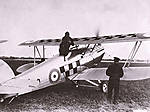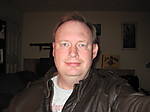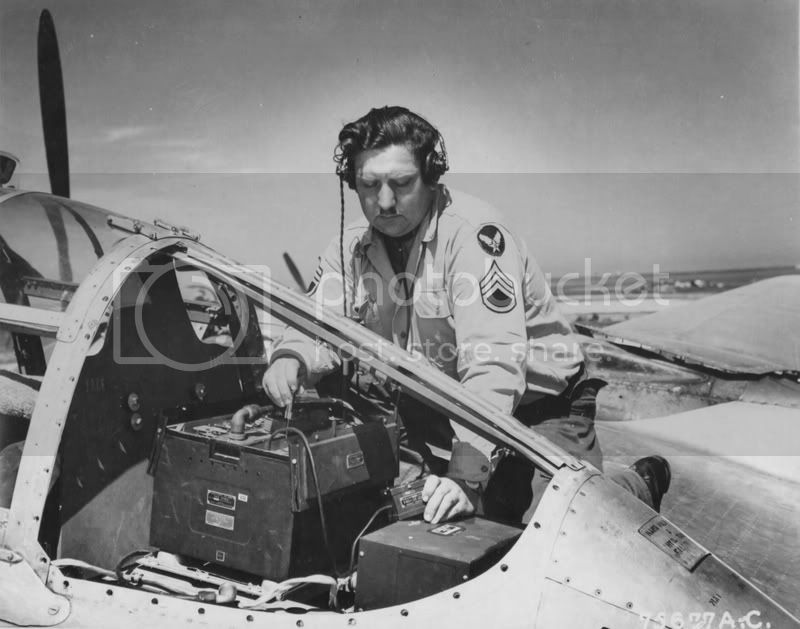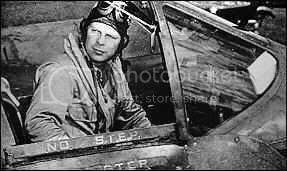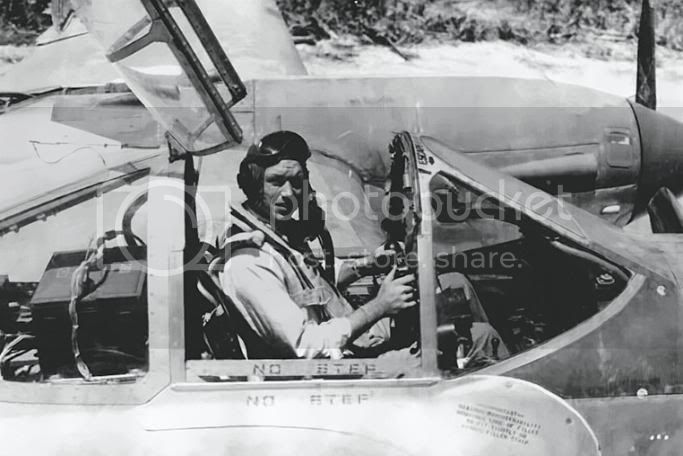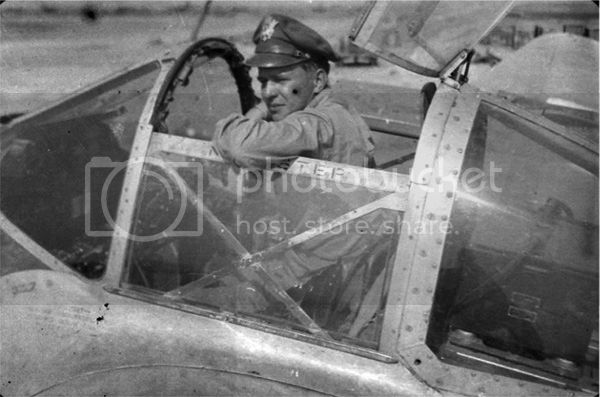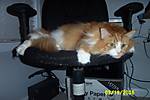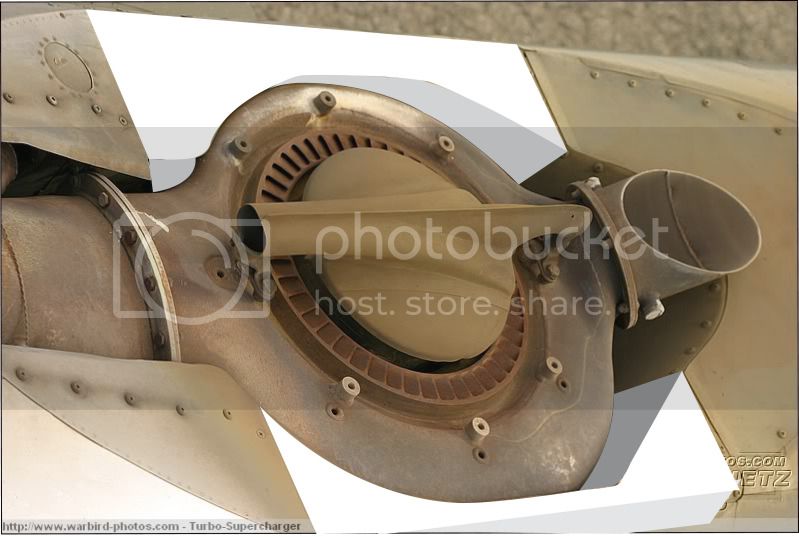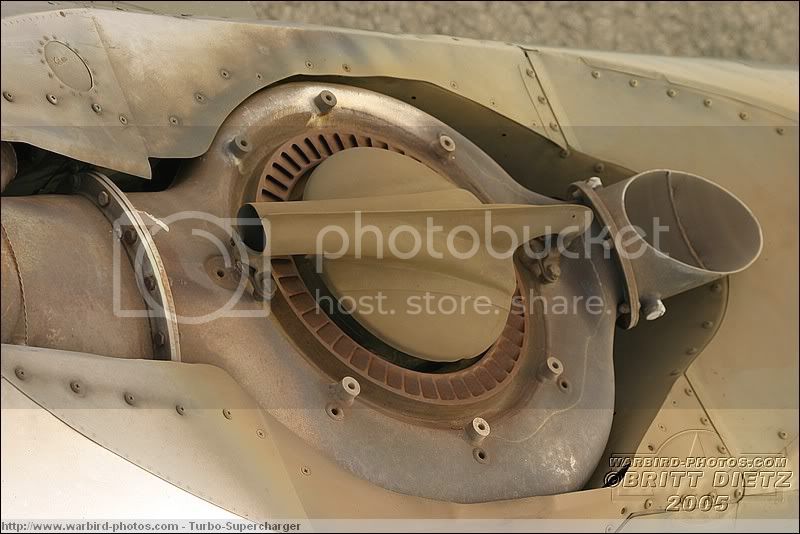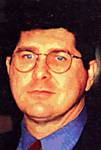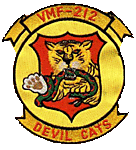Very nice information about those P-38 engine panel lines: I would likely have made those errors...
To supplement this, unfortunately, there is a lot more in outline accuracy issues with all of the 1/48th P-38 kits:
-The Academy kit's canopy is too broad and flat on the rear portion's cross-section, the sides of which are also too vertical; the real thing was in fact more like a "rounded corners triangle", with slightly bulged sides, on all variants. Hasegawa's is not great there either, but better...
-The Monogram's clear parts have a 1 mm gap in length for all the center clear parts, and if you fill that gap with other longer center clear parts (like Academy's), leaving the front and rear parts where they want to go on the Monogram kit, then the canopy looks too low or too long: The Academy kit shares slightly this "chop-top" hot rod look... Only the Hasegawa canopy looks correctly tall enough, and makes the best overall canopy if laboriously adapted to the Monogram kit, as the Hasegawa kit's short-looking nose really sticks out otherwise... (See outlines)
But by far the biggest issue with both of the two "newer" 1:48th P-38s is that their later-style engines radiators obviously do not both "bulge" and "pinch" enough at the front and rear of the cowls. This is so extreme on the kits, it suggests to me that not only are they not "bulged" enough, but also that their spinner diameter is too large: This seems to be confirmed by two different things: All drawings show a 1 mm smaller spinner diameter, and the Monogram agrees with the drawings, and as a result it is the only kit whose engines look "bulged" and not "straight", even if it is still not enough...
The lines below show the extent of the issue from this angle, and the angles are well-matched for once...
Another serious problem is that I have never seen either the Academy or the Hasegawa built with the tailplane level with the inner forward corners of the booms, and I think (after much experience with either kits), that they simply cannot be built correctly on this alignment issue... The Monogram kit is comparatively perfect on this issue.
Here is the engine "bulge" issue on the Hasegawa kit, the Academy being identically "flat" compared to Hasegawa, and the Monogram way, way better, with its 1964 raised surface detail actually being far more intricate than on either of the engraved kits, but nearly impossible to preserve because the fit is so bad: Modelling between a rock and a hard place...:
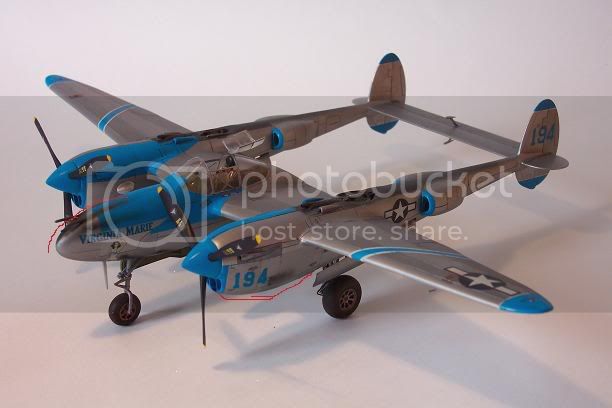
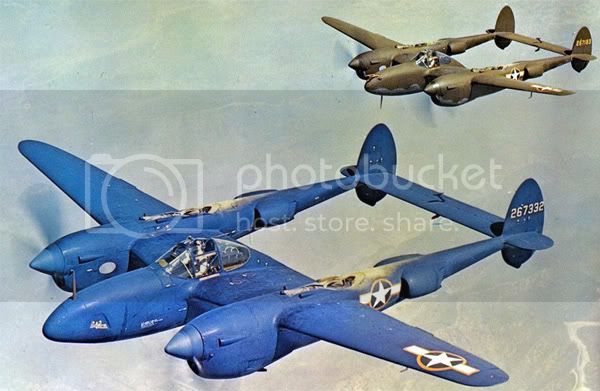
The missing volume is worth about a tube of putty or more... PER engine... I doubt grafting the Monogram engines would work, as the taper of the cross-section also "pinches" differently towards the main landing gear bays, and that difference is where much of the trouble is... I think grafting the entire Monogram booms could be worth looking into...
The Monogram wingspan is 3 mm short (not that big a deal on such a large measurement), and without upturned tips (both issues are fixable at the wingtips alone), and the Hasegawa wingtips are way to skinny in plan view, but could be fixable as well...
For all the good I said about he Monogram kit, its airfoil surface is curved throughout, and that means that preserving the exquisite raised surface detail is not possible if the trailing edges are to be a meeting of sharp flat surfaces, as they should... The resulting "scalloping" transition near the edges, to try to get it both ways (sharp without surface detail damage), could be unnoticeable under a camo finish, but I didn't want a camo P-38, and that issue was severe enough with a bare metal finish to ruin my build... Beware...
Gaston
P.S. BTW, Tamiya rattle can clear gloss makes for a GREAT primer for those metal finishes with a lot of putty underneath, and it does not attack the naked plastic despite its lacquer content (it does frost clear parts occasionally however)...
G.











